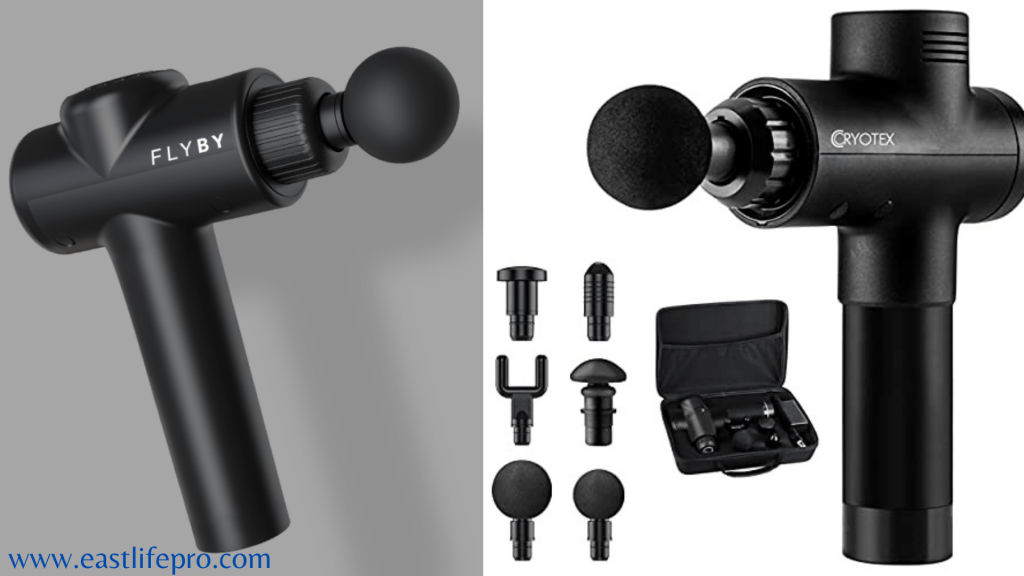Losing weight is more than just a number on the scale. It is an opportunity to get back on track in terms of your health and wellbeing, whatever your age and stage. With sensible dieting, done right, you can reap various physical, mental, and emotional rewards that range from more energy to feeling more confident in every situation you face.
Dieting for weight loss isn’t about quick fix solutions or starvation diets – it’s about building sustainable lifestyle changes that will empower you each day, whichever journey you’re on.
Weight loss is an important part of keeping our health and wellness. This is especially true for those of us who are overweight or are at risk of being overweight. Dieting for weight loss is a good practice if we do it the right way. Because a diet for weight loss is basically a healthy diet and this benefits us even after we have already lost weight.
1. Try Meal Replacement Shakes
Meal replacement shakes are a quick and easy way to get all the nutrition you need for one meal. It’s exactly what the name says, these shakes can replace one of your three meals a day. They’re specially formulated to give you exactly a third of the nutrient content that you’re going to need for that day.
When going gluten-free, make sure to pay attention to the ingredients of the meal replacement shakes that you are buying. The labels usually indicate that they are gluten-free or if they contain gluten, just in case you have a gluten sensitivity.
Consuming shakes for weight loss make it very convenient to lose weight, especially if you are shifting diets. It’s fuss-free and can be taken on the go. Meal replacement shakes are worth considering especially if you are someone who has a tight schedule and cannot prepare your meals beforehand.
2. Eat More Fresh Fruit and Vegetables
Fresh fruit and vegetables are all gluten-free! You can enjoy these as much as you’d like. You do not need to worry about any stomachaches when eating these. Just be careful when buying pre-packaged fruit and vegetables as they may contain traces of gluten because of the handling.
Fruits and vegetables are rich in vitamins and nutritional value. Citrus fruits such as oranges and grapefruits are rich in vitamin C and are known to help strengthen your immune system. Bananas are known for their potassium content, but not only that, they are rich in vitamin B6, vitamin C, and magnesium. Apples are rich in soluble fibers and insoluble fibers. If you are having trouble with your blood sugar, apples are a good fruit to eat. Our last example is blueberries, which are rich in antioxidant and anti-inflammatory properties. These fruits are good to put as toppers on oatmeal, turn into a gluten-free smoothie or just eat as is.
Vegetables are the ultimate addition to any gluten-free and nutritious lifestyle. Packed with vitamins, minerals, and fiber, they make for the perfect meal accompaniment. For example, cauliflower and broccoli offer a great low calorie and high fiber mix, packed with vitamin C and K! But wait, there’s more – leafy greens like spinach, kale and Brussels sprouts boast rich antioxidants and vital nutrients; vitamins A, K, and minerals – all while being incredibly low in calories! So don’t miss out on these delicious veggies – they’re key to boosting your health and well-being!
3. Stick To Plain Meat
Eating a gluten-free diet doesn’t mean you have to give up on red meat, poultry, and seafood. While processed meats may contain gluten as fillers or in their marinades, fresh meat is completely safe to enjoy without having to worry about missing out.
To ensure that your meal is gluten-free, the best way to go is to cook it yourself and choose low-fat options. Grilling and roasting are the ideal cooking methods for weight loss and to ensure optimal flavor.
Some good dishes to cook are grilled salmon with chernoula chickpeas or just go with a classic roasted chicken.
4. Try Other Grain Sources
Embrace gluten-free living with a variety of delicious grain options! Exploring alternative flours can be an incredibly tasty and exciting experience, from buckwheat to teff to quinoa. Incorporate these into your meals for an entirely new culinary experience as you discover flavors and combinations that tantalize your taste buds.
Since you can’t have any wheat or flour, you can choose to eat rice and quinoa as your grain source. Rice is a rich source of carbohydrates and can fuel your body throughout the day. Quinoa on the other hand is known as one of the healthiest grains. It is rich in antioxidants and protein, and it contains all 8 of the essential amino acids that our body needs.
Quinoa is a good ingredient to make gluten-free crusts. In the market, quinoa flour is available and you can use this to make bread instead of wheat!
Oats are another good grain source. You may already be eating this in your normal diet since oatmeal is a common breakfast food. If so, good job! You’re on the right path to a healthy diet. They are rich in soluble fibers which help reduce the bad cholesterol in our bodies. Oats, in their raw form, are gluten-free. However, they may be brands that have traces of gluten in them so be sure to check the label when buying your oats.
5. Potatoes as Starch Source
Potatoes and sweet potatoes are good starch sources. You have to avoid wheat starch but thankfully potatoes and sweet potatoes are delicious and healthy sources that are safe for you to eat on a gluten-free diet.
You can bake, roast, or use potatoes and sweet potatoes on a casserole and you’re all set. These vegetables are very versatile and are safe to eat every day. If you want something lower in calories and carbohydrates, you may go for the sweet potato, but these are higher in sugar compared to normal potatoes. Both of these are safe for a gluten-free diet for weight loss, however just make sure you do not overeat!
Conclusion
Going on a gluten-free diet can be daunting, but it doesn’t have to be overwhelming! There are plenty of healthy alternatives that can give you the nutrients your body needs.
Though these foods should still be enjoyed in moderation for those aiming to lose weight, maintaining a gluten-free lifestyle is doable.
Make sure to keep an eye out for hidden glutens, too. Let’s take this journey together, one step at a time — and come out healthier and happier than ever. Best of luck on your gluten-free journey!
James Martin is a passionate writer and the founder of OnTimeMagazines & EastLifePro. He loves to write principally about technology trends. He loves to share his opinion on what’s happening in tech around the world.



